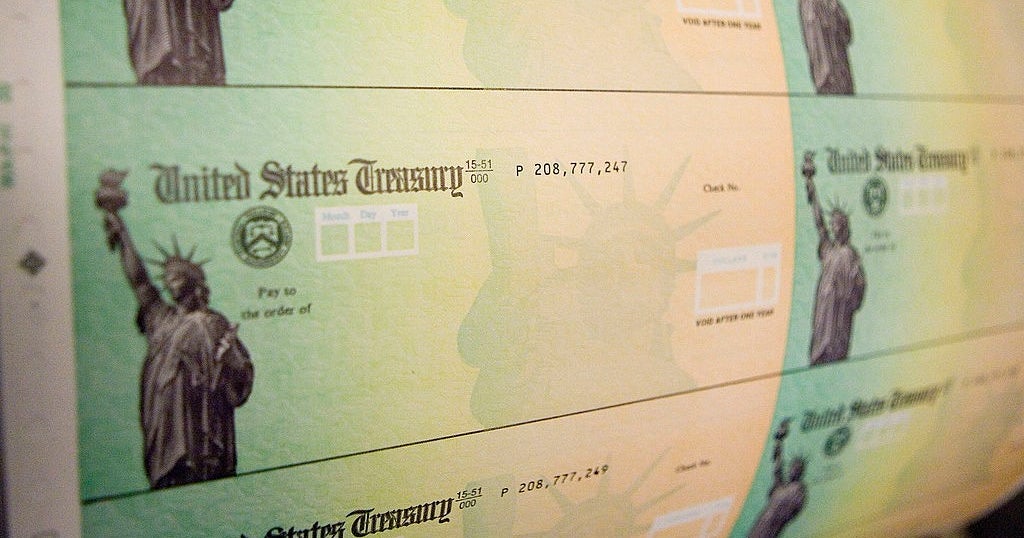A record 4.4 million Americans quit their jobs in September
America's "Great Resignation" is continuing as the so-called "quits" rate — the percentage of workers who handed in their notice — rose to a record 3%, reflecting that 4.4 million people quit their jobs in September, the government said on Friday.
The number of unfilled jobs remained at 10.4 million in October, bucking expectations that job openings would decline slightly during the month. But the quits rate signals that Americans are switching jobs for better pay, quitting to start their own businesses or continuing to struggle with child care and school schedules as the pandemic lingers.
"People are rethinking their work, and they are sitting on an unprecedented amount of savings — people feel very comfortable that they can find a new job, and that's what we think of when we think of a strong labor market," said Liz Wilke, chief economist at Gusto, which provides payroll and other services to small businesses.
Given these dynamics, it's likely that the quits rate will remain elevated for the next several months, Wilke added. As a result, employers are likely to continue to raise wages but may also increasingly tap teenagers as a new source of employment, a trend that Gusto has noted in its data.
Before the pandemic, for instance, teens made up about 6% of seasonal holiday hiring, but that rate has more than doubled this year, to 13%, she added.
"Teens have turned into a very strategic substitute for employers," she noted. "They tend to have much lower expectations for wages, since they are fresh to the job market, and they are very, very flexible — they can work nights, they can work weekends."
The inflation factor
Some employees may also be seeking better pay as a way to offset higher inflation, which recently saw its biggest monthly rise in 30 years and is eating into wages. But not all employers can afford to boost compensation, especially as they are coping with higher prices for their own goods and products.
As a result, some businesses may need to turn to other strategies for maintaining and hiring workers, such as offering flexible scheduling, Wilke noted.
The decision by millions of Americans to leave their jobs shows the "increasing confidence workers have in securing better-paid jobs elsewhere," Michael Pearce, senior U.S. economist with Capital Economics, said in report.
The Great Resignation, as the trend has come to be called, signals shifting priorities for the nation's workers, who increasingly are looking for options such as flexible schedules or remote work. At the same time, employers are dangling higher pay and signing bonuses as a way to recruit new workers, providing attractive incentives at a time when higher inflation is eating away at buying power.
COVID-19 infections also remain high in some regions, which could dissuade people from taking or staying in jobs that involve interacting with the public, such as working in retail or restaurants.
"Labor supply drags from COVID concerns appear sizeable and will likely linger in the medium-term, since it may take some time for some people to feel comfortable returning to work," Goldman Sachs analysts said in a research note ahead of the government's latest quits data.
The industries with the highest quit rates in September included the arts, entertainment and recreation, as well as state and local government education, the Bureau of Labor Statistics said Friday.



